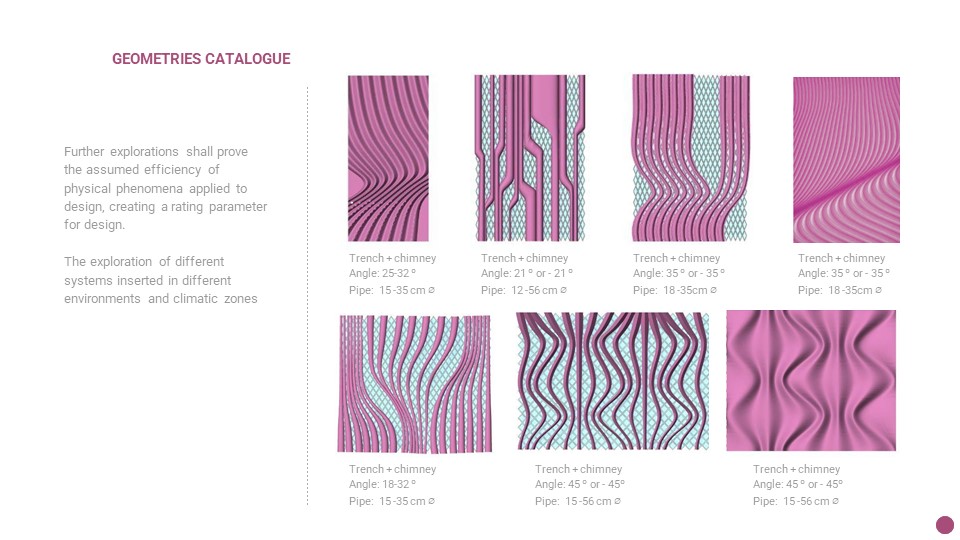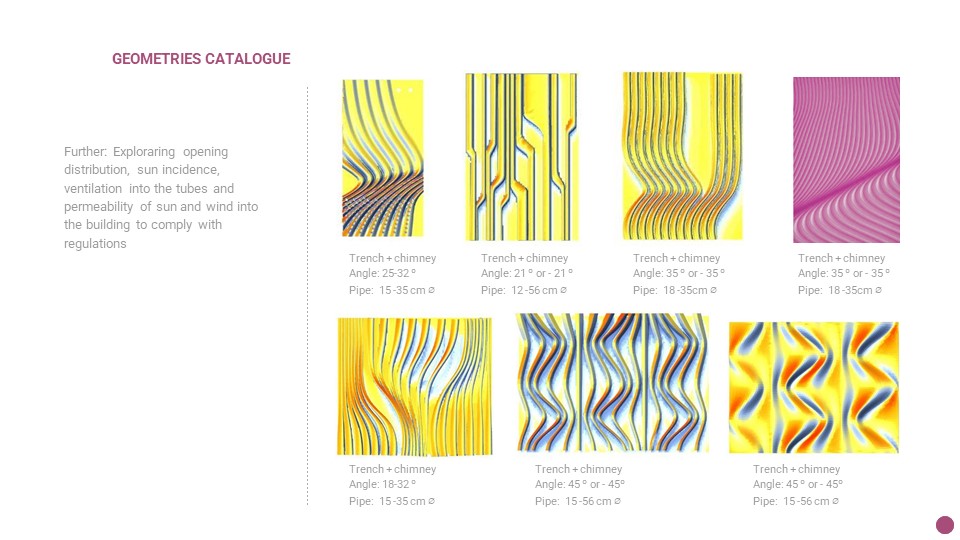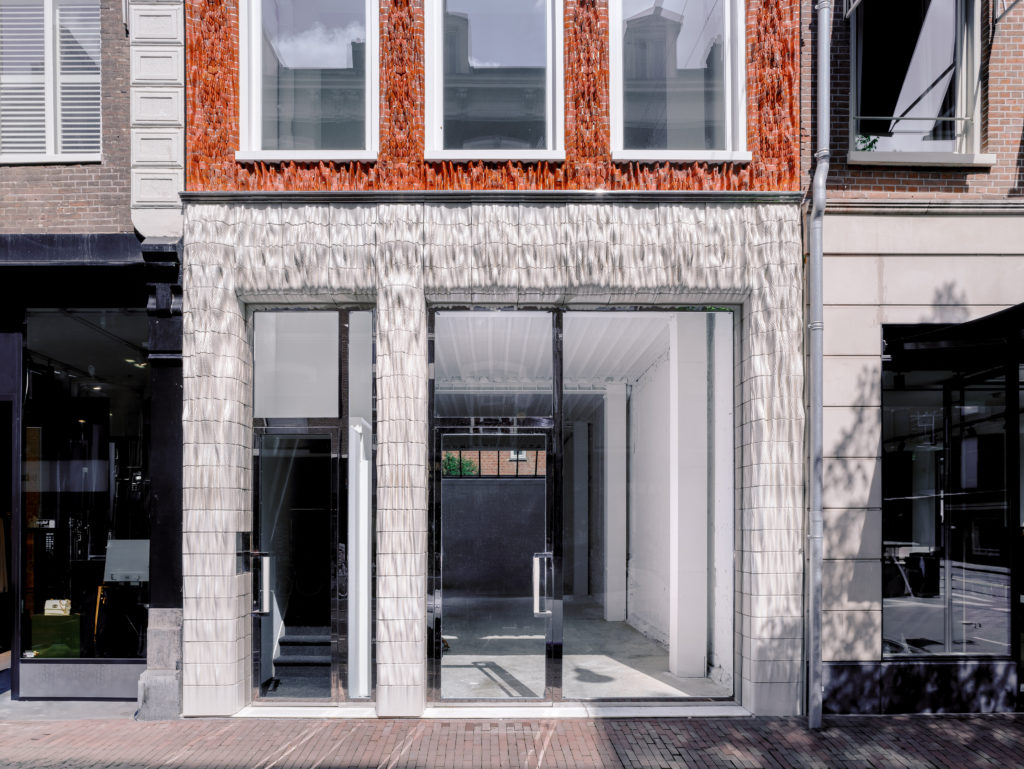Introduction
There is an urgent need to find innovative solutions to combat climate change and adapt to its effects in an era when our planet is facing unprecedented environmental challenges. The global climate crisis has not spared Barcelona, a city renowned for its vibrant culture and stunning architecture. Increasing temperatures have become a palpable reality, and as the mercury soars, it brings with it a host of challenges.
With Barcelona as our canvas for change, we will explore sustainability, climate change adaptations, and energy efficiency in this blog post. We will focus on Barcelona’s specific climate challenges.
Context
Climate analysis of barcelona
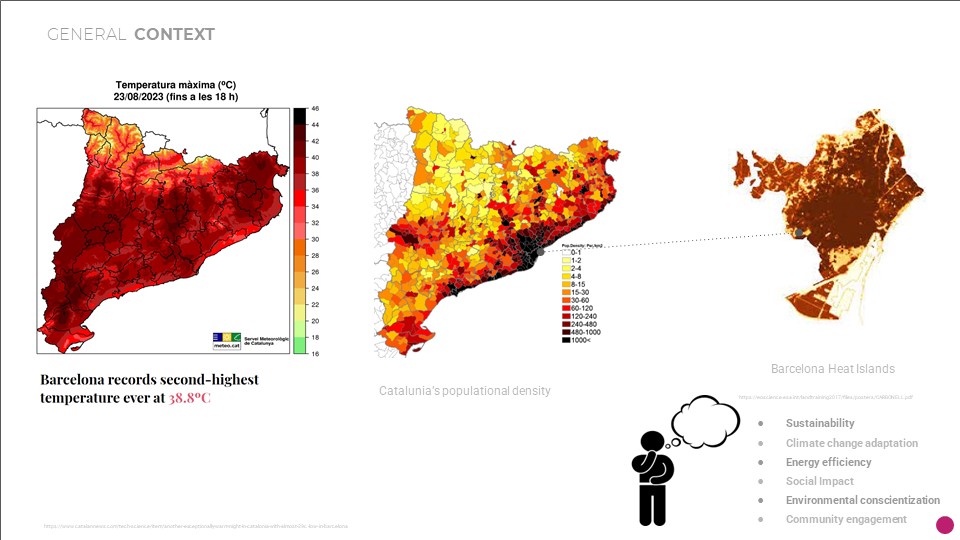
In recent years, Barcelona has experienced a significant increase in heat, with temperatures reaching record highs. In fact, the city recorded its second-highest temperature ever at 38.8 ºC. This rise in temperature poses numerous challenges, including increased energy consumption for cooling systems and a negative impact on the well-being of residents. It is crucial to find innovative solutions, such as passive cooling facade systems, to mitigate the effects of heatwaves and create a more sustainable and livable city.
State Of the Arts
Vernacular Architecrue References
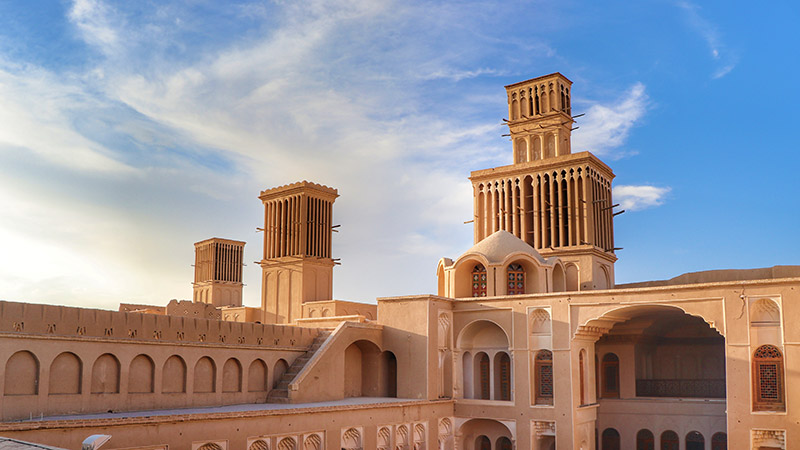
It is an extreme and arid climate in Iran that can be very hot during the day and very cool at night. When Iran was known as Persia, staying cool in these conditions required ingenuity, which led to the invention of windcatchers long before electricity and air conditioning were invented.
In Persian architecture, windcatchers are built to ventilate buildings naturally. The basic design involves a tower rising from a building below, with openings at the top. In Yazd, the largest city in Iran, the windcatcher is known as the “City of Windcatchers.” The climate in Yazd is very hot and dry, making it ideal for cooling. Among the old buildings in Yazd are windcatchers of great beauty, the tallest of which is in Dolat Abad Garden, an 18th-century jewel. A large network of qanats line the streets of Yazd, which transport water from wells to the surface. The qanats and windcatchers often work together to create cooling effects that are amplified by the combination.
There are three ways windcatchers work. The most common way is to cool the inside of a building. The tower contains openings that face the wind and “catch” it, allowing air to flow through. As air is drawn down the qanat tunnel and comes into contact with the cooler earth and water when used in conjunction with a qanat, the effect is cooling. By facing away from the prevailing wind, the windcatcher draws up the cooled air, thereby creating airflow and cooling it.
In a windless environment, windcatchers work like solar chimneys, allowing hot air, which is lighter, to flow upwards and escape out the top of the tower. With thick adobe walls, windcatchers work wonderfully to cool lower-level spaces. Windcatchers can still be found throughout Iran and several other countries in the Middle East.
Technological References
At street level, the facade of the building features large 3D-printed ceramic tiles, approximately 40 x 20 cm each, glazed in pearl white with a subtle touch of yellow by Royal Tichelaar. In order to create a harmonious and detailed aesthetic, it is necessary to seamlessly transition from visual expression at eye level to flush alignment as the building meets the ground. It is interesting that on the higher floors of the building, three distinct shades of red are highlighted with 3D-printed bricks along the facade. Bricks are placed in laser-cut stainless steel cassettes that refer to the original flushes and are made up of abstract ornamentation that fades with height, keeping the original brick cross bonding. Bricks are placed in laser-cut stainless steel cassettes that refer to the original brick cross bonding.
Experimental
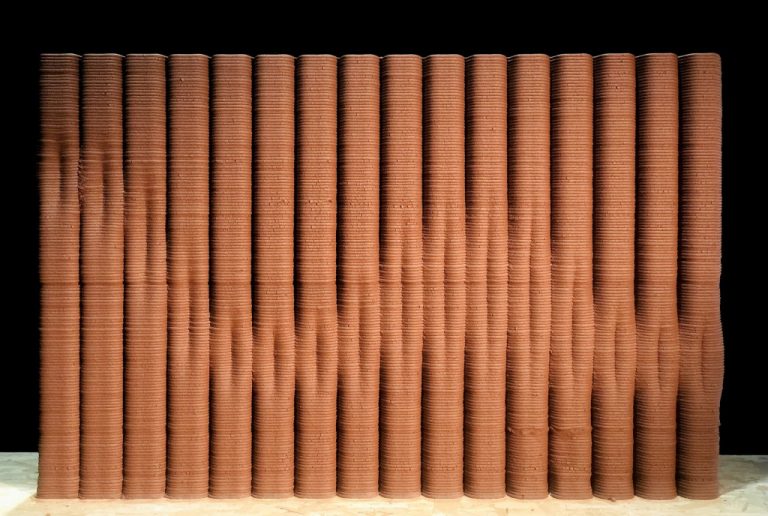
It investigates a variety of theories and principles of thermodynamics as well as clay-based 3D architecture in order to determine how heat can be distributed in cold climates while maintaining a sustainable indoor thermal performance. In order to modify the cavity and mass of a 3D printed clay wall, physical or digital models or experiments can be used. To measure changes in temperature within a volume using a thermal camera and thermistor sensor, an environment and infill mass are used to create a ‘thermal physical environment’. A computer-based assessment of convection and conduction heat transfer in addition to the physical world was developed by using software and cloud computing to develop CFD and steady-state heat transfer models. Also, the paper presents a method of heat distribution that utilizes a chimney to minimize the use of active heat sources in cold outdoor temperatures, based on vernacular and state of the art references. When relating data to digital computing, there are limitations regarding physical measurements and data extraction.
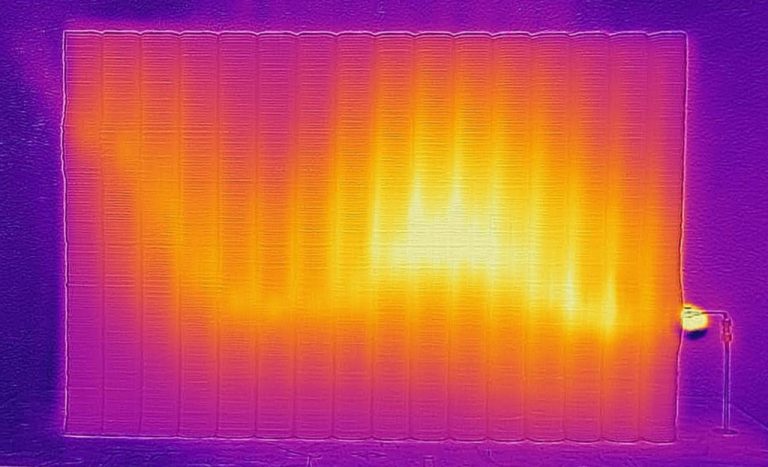
Design Drivers
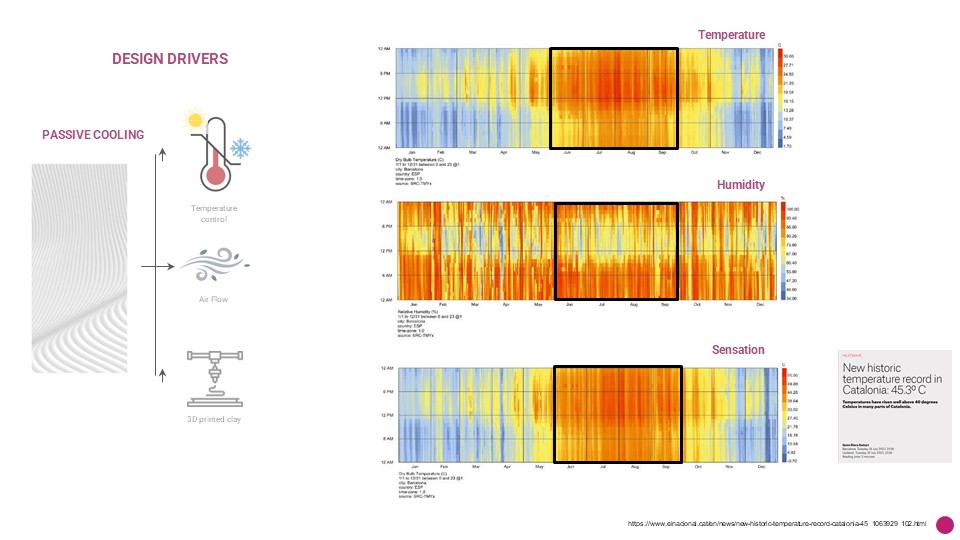
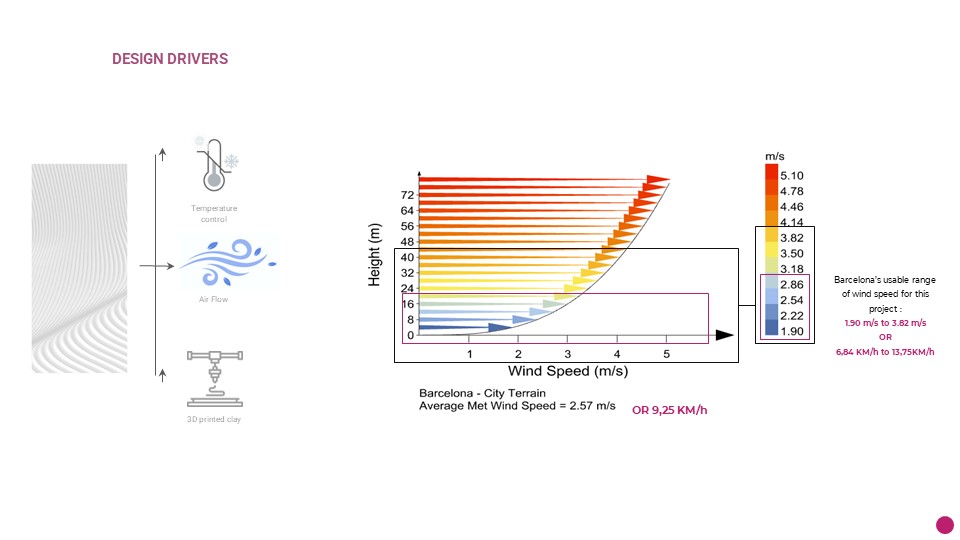
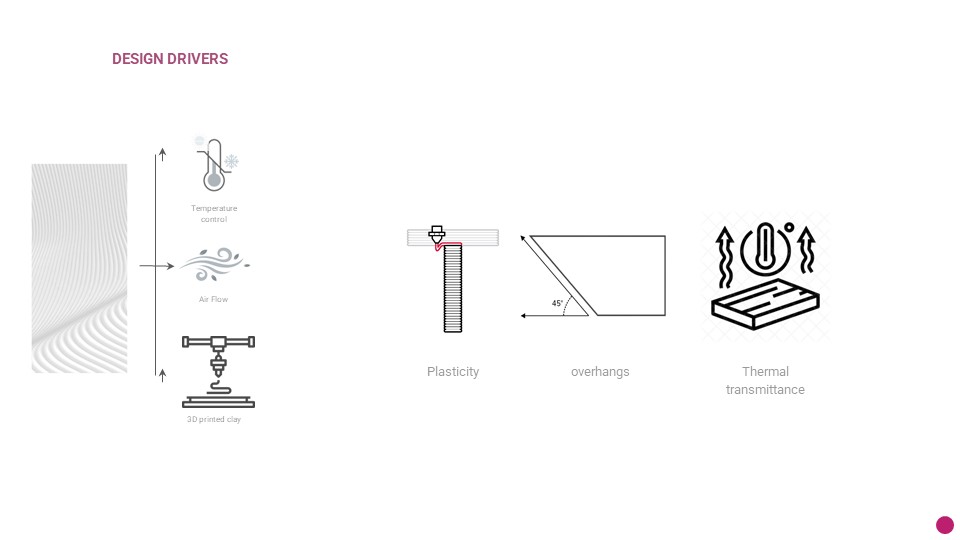
Applied Physics
Coanda Effects

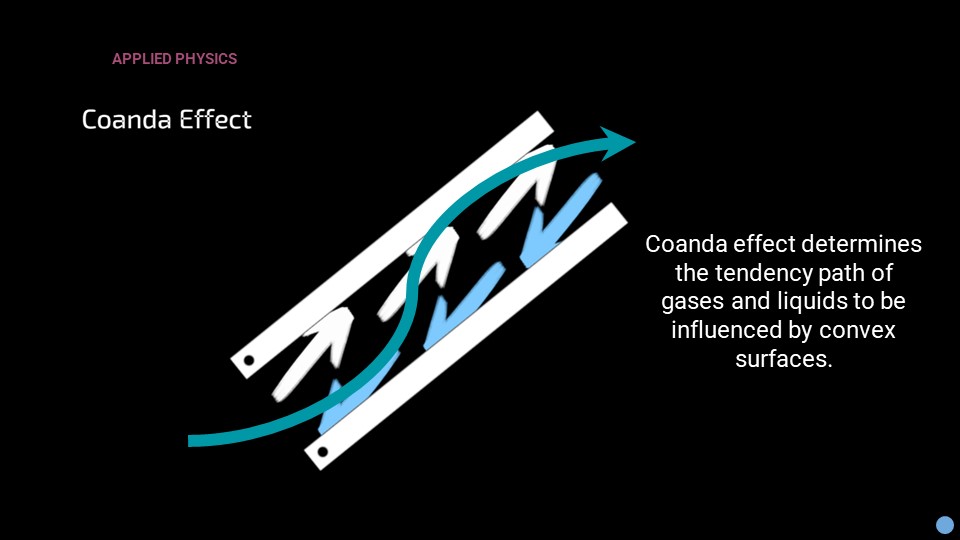
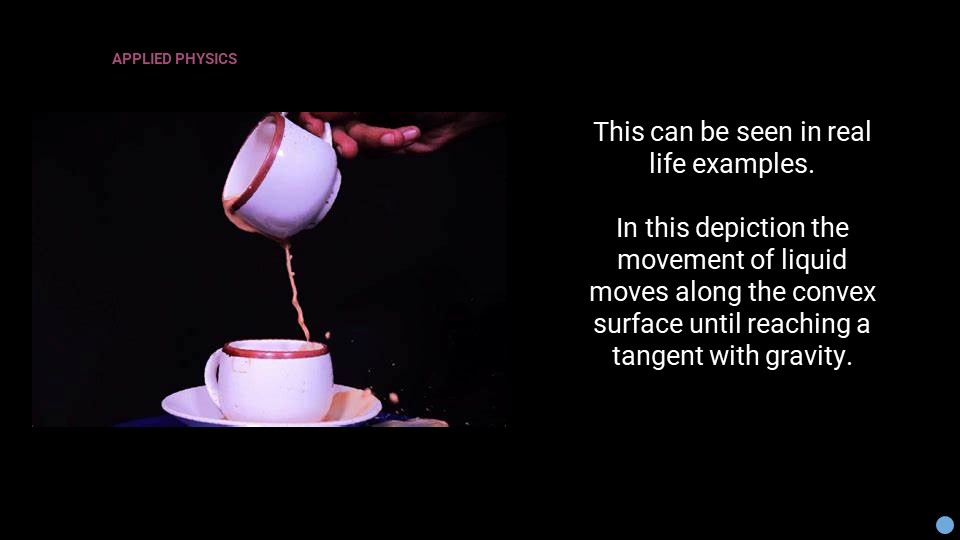
From the physics effects primarily used in our background research. We based the air cooling of the project around two select effects:
Chimney Effects
Chimney effect is the movement of air into and out of buildings through unsealed openings. Shown in this example is a constant flow of air being sucked in to the semi contained module and exported upwards from the pressure. Heat is used to create pressure at the bottom, and cool air gets taken inwards and upwards.
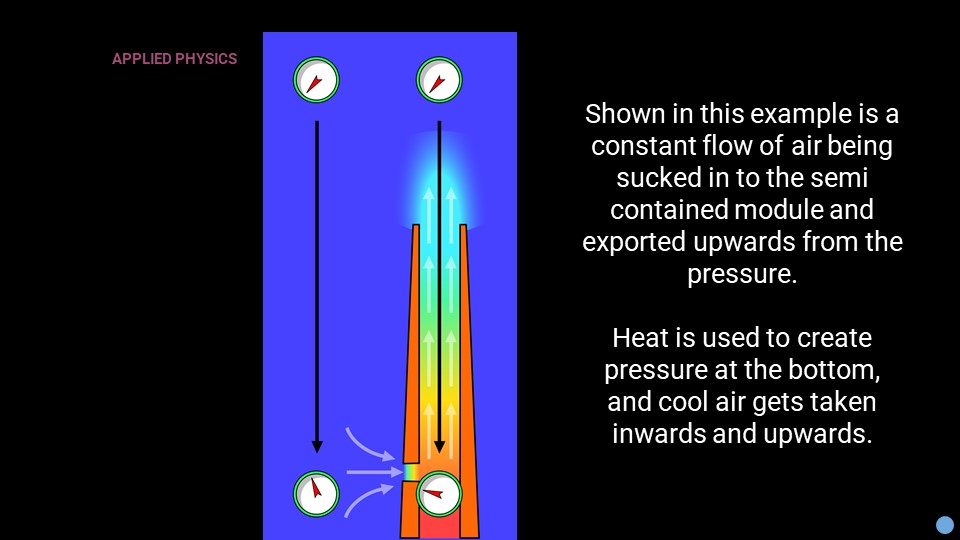
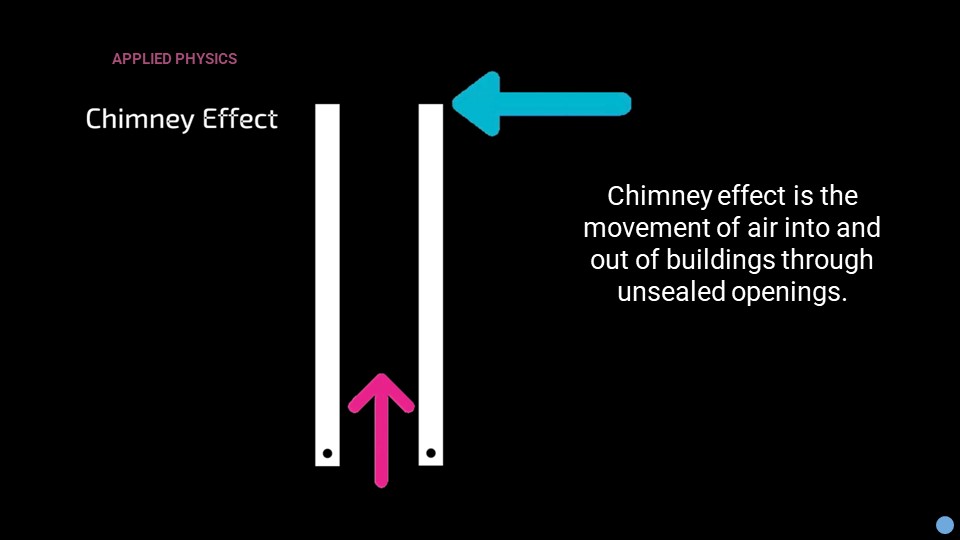
Design Guidedlines
Design Concept
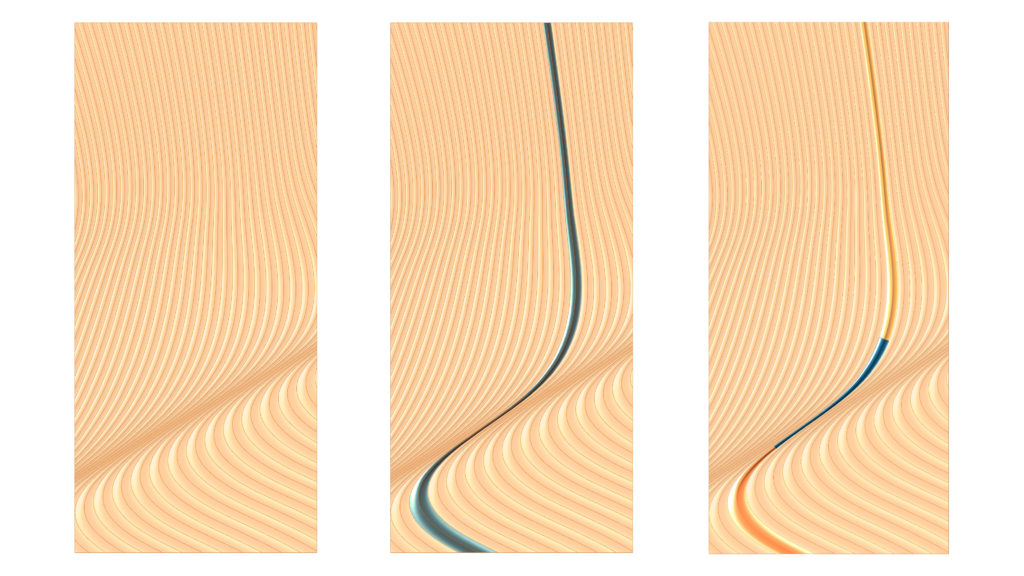
By leveraging the effects discussed above, the design proposal aims to maximize its potential through geometry. This concept involves using inner infill to redirect air to desired areas of the facade, along with thermal mass from the 3D print and inner airflow to reduce the building’s ambient temperature.
By leveraging the effects discussed above, the design proposal aims to maximize its potential through geometry. As can be seen in the following image, the façade selects a single tube and then segments it into three stages: Air Inlet, Air Cooling, and Air Outlet. Through the use of a chimney, the design proposes an innovative method of distributing heat, which minimizes the need for active cooling in hot weather. By combining vernacular architecture with state-of-the-art references, this approach ensures a sustainable and efficient indoor thermal environment.
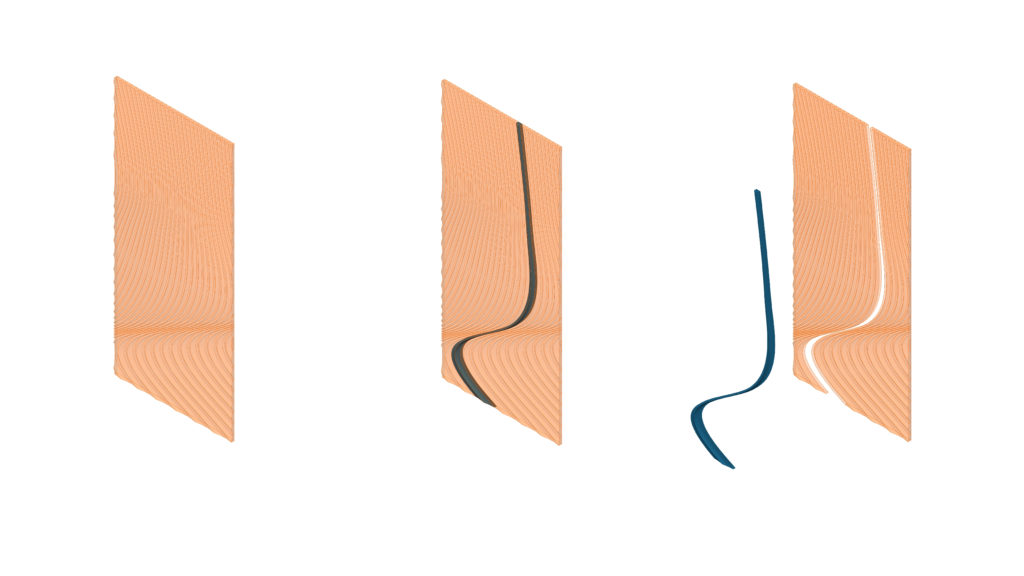
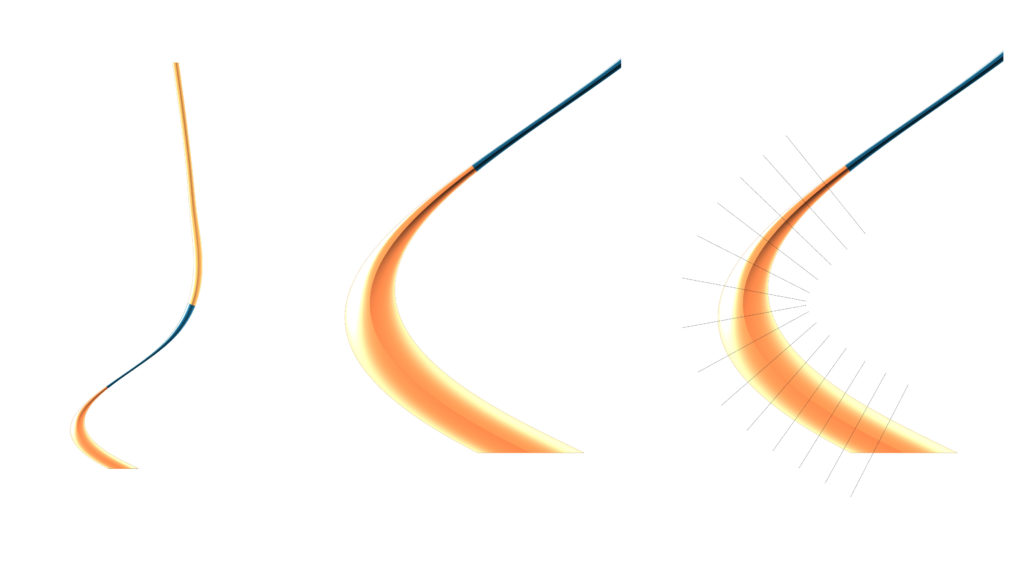
As we separate each design stage, we can also subdivide into modules perpendicular to the line flow. By doing so, we are able to deal with the overhang of each module, if necessary, we can increase the density of the subdivision. As a result, we will be able to automate the process more effectively. Furthermore, modularity allows us to quickly identify problems or areas of improvement. This can help us to reduce production costs and ensure that the design meets all requirements.
Assembly
For ease of assembly on site, we aimed to simplify the assembly process as much as possible. When we viewed it, we compared it to a Lego brick. We designed the module to have the fewer parts and the fewer steps to assemble, so that it would be as easy as possible for users. We also made sure to use the same parts over and over again, so that users would quickly learn the process and be less prone to making mistakes.

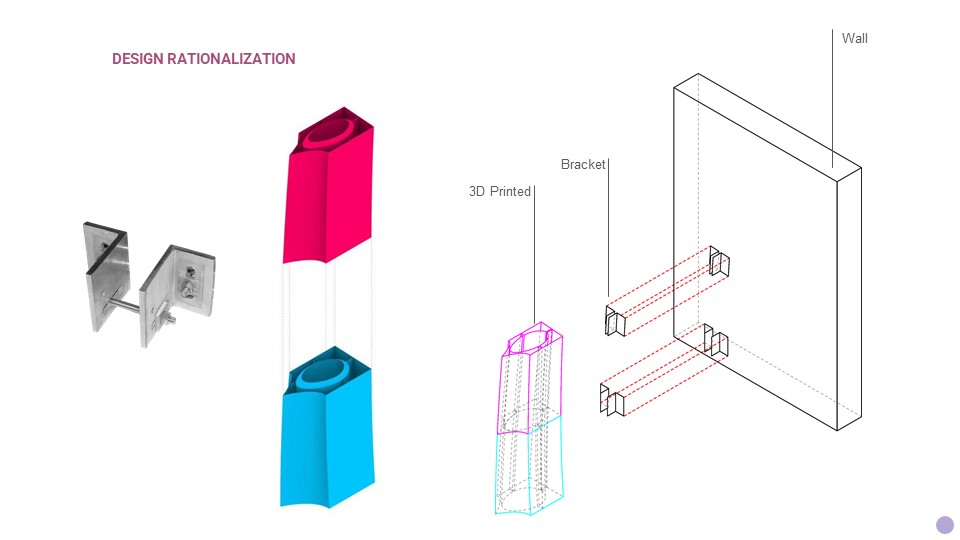
Since we are dealing with existing buildings, we must take into account tolarences when securing all the components to the facade. The brackets should be designed to withstand the weight of the components as well as the wind force, since this system gives us these tolerances. We can adapt to the imperfections of the wall during the assembly process. In addition, they should be adjustable, in order to accommodate slight variations in the shape of the wall. As a final consideration, the brackets should be easy to install and suitable for retrofitting.
Material Mixture
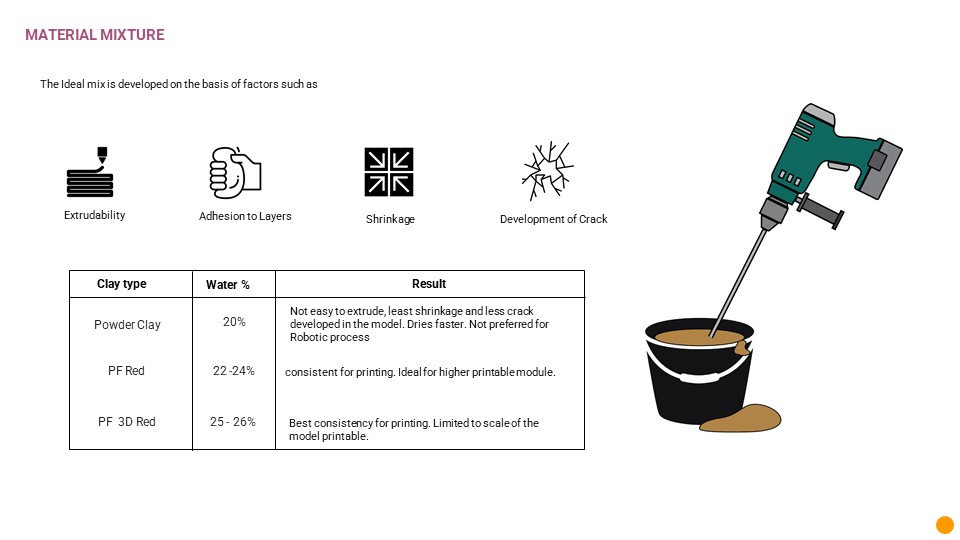
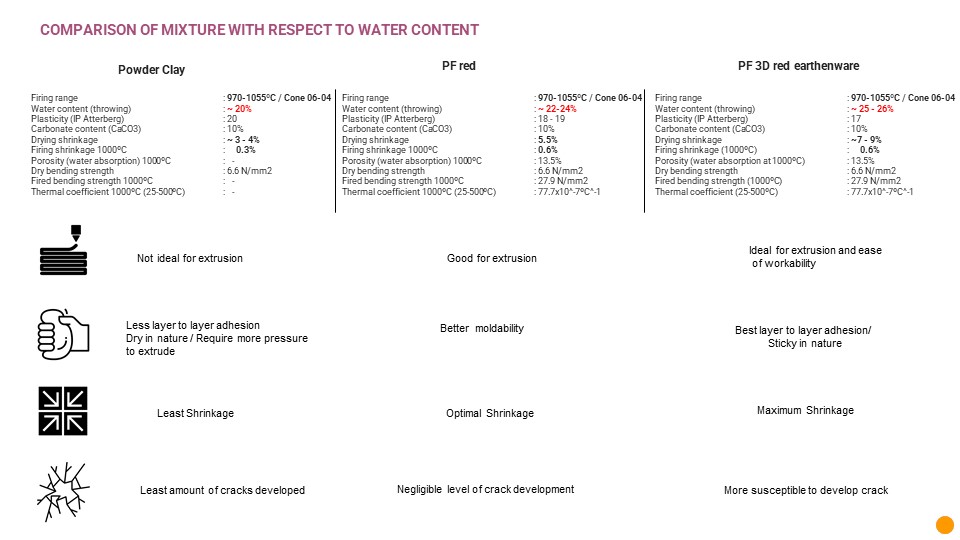
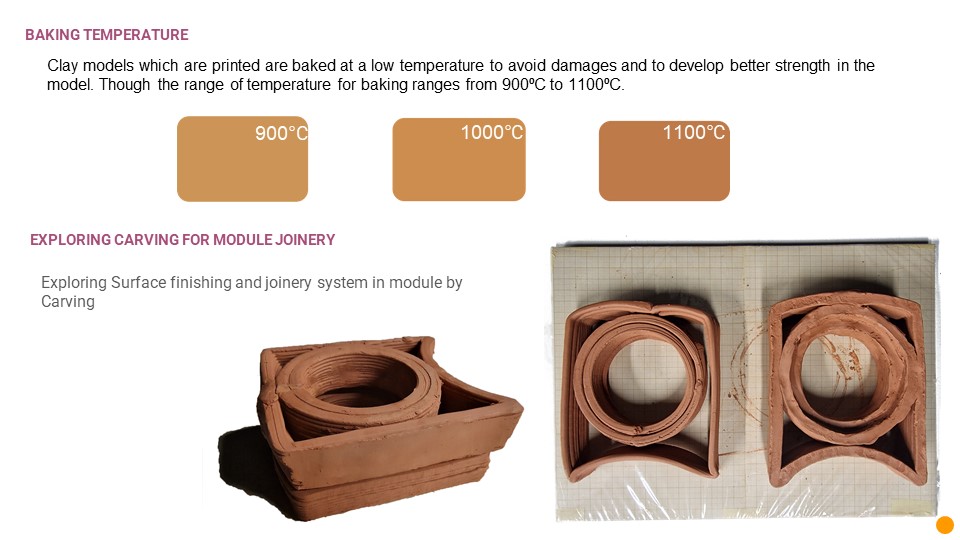
Robotic Process
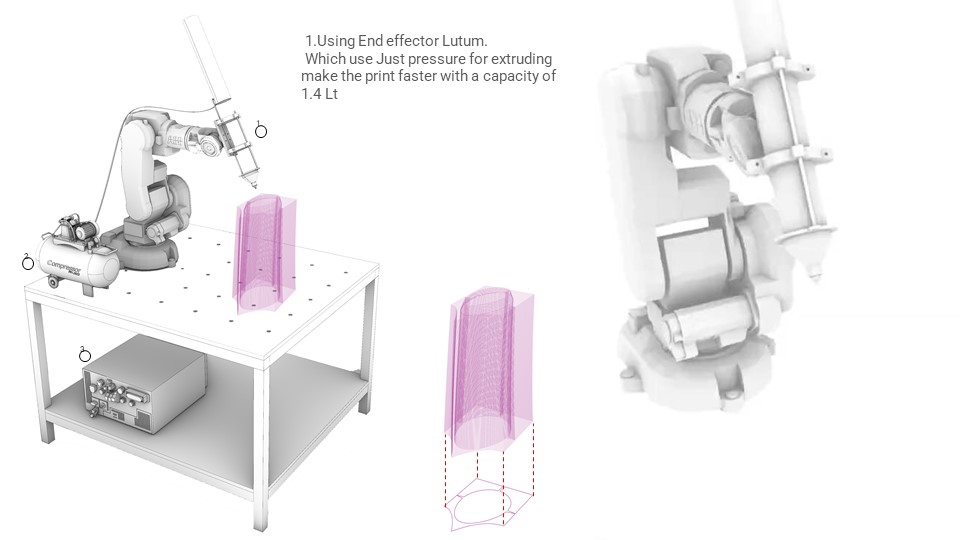
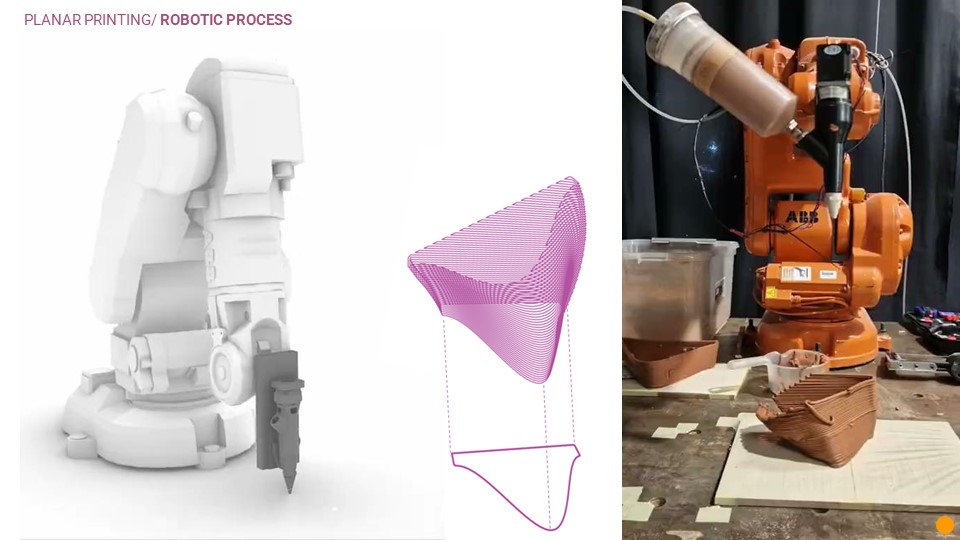
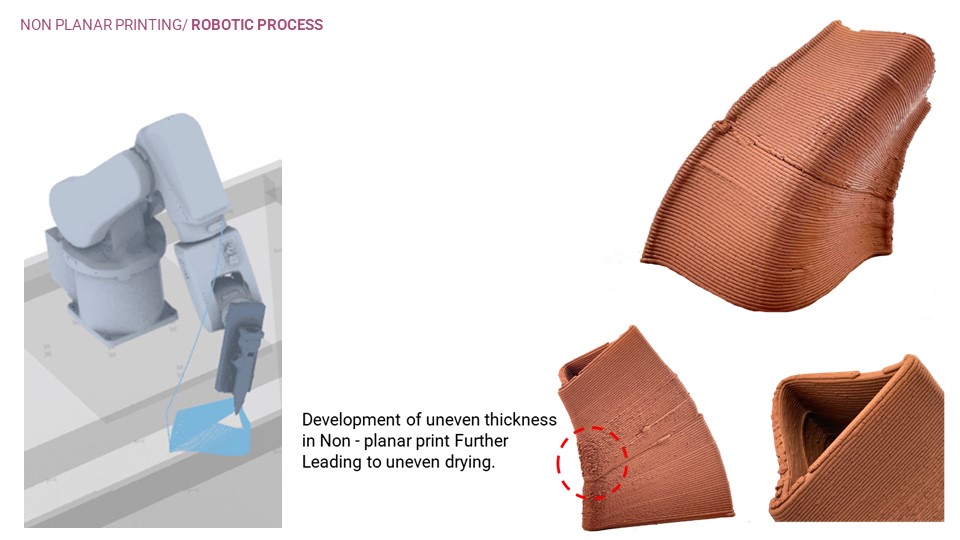
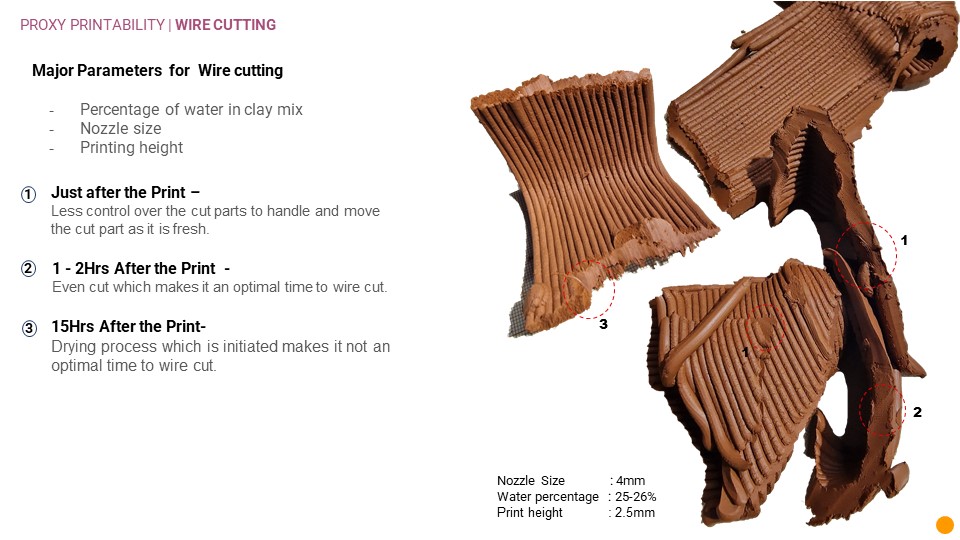
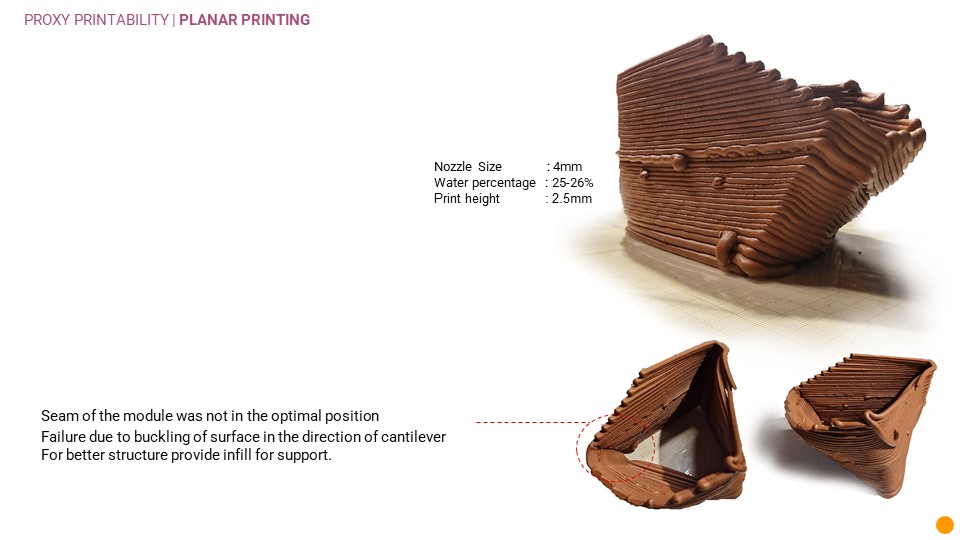
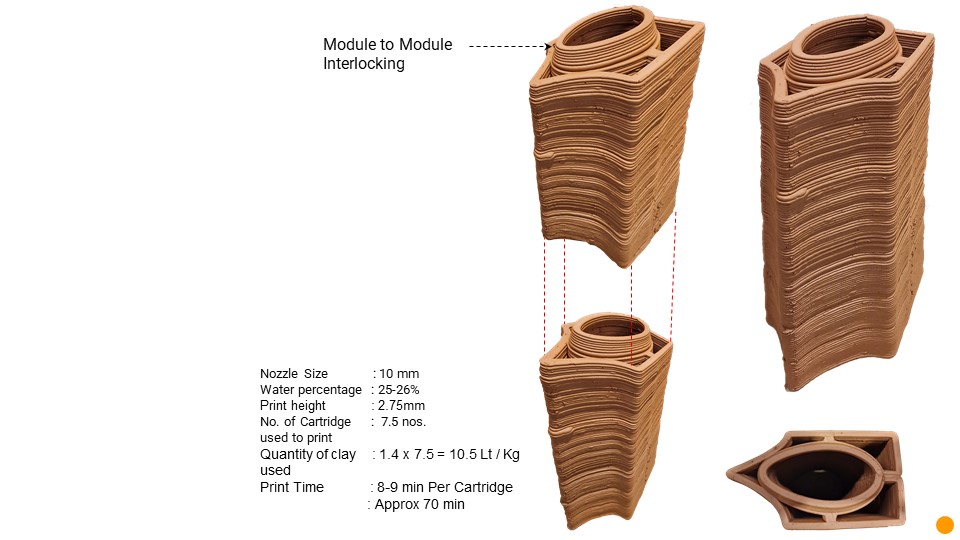
Geometry Catalogue
